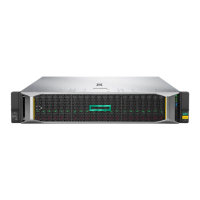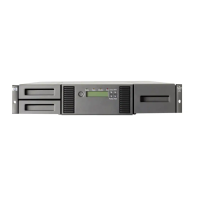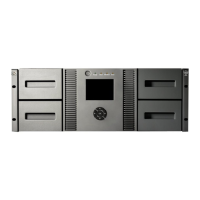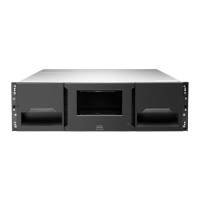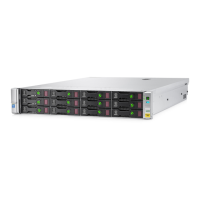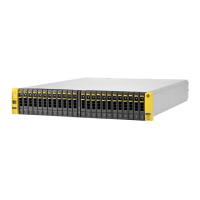NOTE: To check the cluster size of a volume, use the fsutil fsinfo ntfsinfo command.
To change the cluster size on a volume that contains data, back up the data on the volume,
reformat it using the new cluster size, and then restore the data.
Mounted drives
A mounted drive is a local volume attached to an empty folder (called a mount point) on an NTFS
volume. When enabling shadow copies on a volume that contains mounted drives, the mounted
drives are not included when shadow copies are taken. In addition, if a mounted drive is shared
and shadow copies are enabled on it, users cannot access the shadow copies if they traverse
from the host volume (where the mount point is stored) to the mounted drive.
For example, assume there is a folder F:\data\users, and the Users folder is a mount point
for G:\. If shadow copies are enabled on both F:\ and G:\, F:\data is shared as
\\server1\data, and G:\data\users is shared as \\server1\users. In this example,
users can access previous versions of \\server1\data and \\server1\users but not
\\server1\data\users.
Managing shadow copies
The vssadmin tool provides a command line capability to create, list, resize, and delete volume
shadow copies. The system administrator can make shadow copies available to end users through
a feature called “Shadow Copies for Shared Folders.” The administrator uses the Properties
menu (see Figure 45 (page 128)) to turn on the Shadow Copies feature, select the volumes to be
copied, and determine the frequency with which shadow copies are made.
Figure 45 System administrator view of Shadow Copies for Shared Folders
The shadow copy cache file
The default shadow copy settings allocate 10 percent of the source volume being copied (with
a minimum of 350 MB), and store the shadow copies on the same volume as the original volume.
(See Figure 46 (page 129)). The cache file is located in a hidden protected directory titled “System
Volume Information” off of the root of each volume for which shadow copy is enabled.
128 File server management
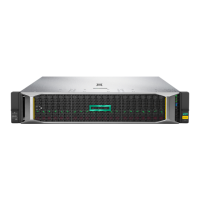
